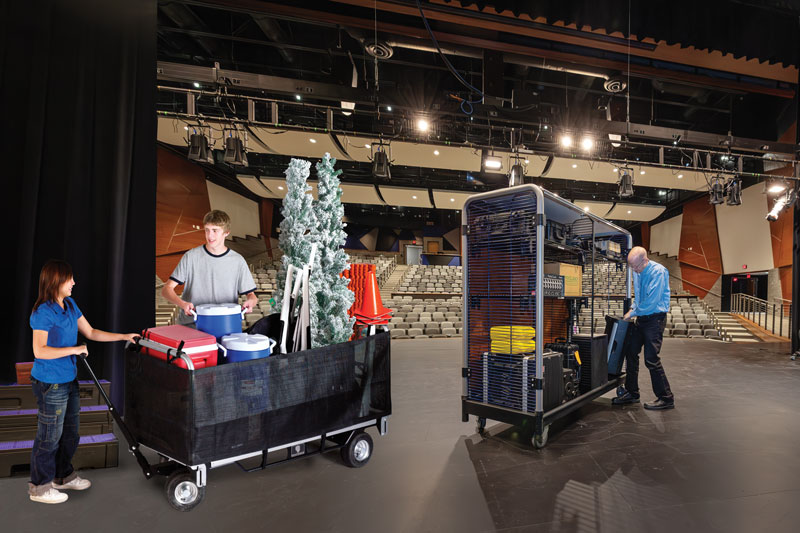How can classical music remain relevant to audiences in this era of personalized, on-demand music? We recently read one possible solution, which perhaps could also inspire other art forms.
Thinking Like an iPod! Last week the New York Times reviewed a “Shuffle Concert” held in Brooklyn where each audience member received a menu of songs upon arrival:
On your menu is a unique handwritten number and a list of 35 musical works in 15 categories, from B. G. Marcello, under Baroque, to Björk under Pop/Rock….If the musicians call your number, you choose what everyone hears next. The ensemble is prepared to play all 35.
The article describes this concept as “crowdsourcing crashes into classical” and creating “a gateway drug to classical music for casual and sporadic listeners…”
Facing the Music – Dwindling Attendance. Clearly, classical music is wise to embrace creativity to engage today’s audiences or risk ticket sales dwindling even further. The NEA’s Survey of Public Participation in the Arts, published in September 2013, found attendance at classical music events slipped to less than 1 in 10 (8.8%) of all U.S. adults in 2012, down from 11.6% ten years earlier.
Would “Shuffle Drama” Work? Does this shuffle concept merit further exploration for performing arts beyond classical music? With a minimalist set design and costumes, we could imagine a “Shuffle Shakespeare” production where audience members select from a menu of memorable scenes. We’d gravitate toward comedic highlights, including Puck magically transforming Bottom’s head in A Midsummer Night’s Dream or Malvolio’s imprisonment in Twelfth Night.
Another engaging dramatic innovation could follow the approach of ensembles like The Reduced Shakespeare Company (RSC), which condenses famous works into 10- or 15-minute frenetic summaries. According to the group’s website, they started in 1981 with a 20-minute Hamlet staged at Renaissance Faires in California. RSC developed “a fast, funny and physical performance style to keep their audience from walking away.” To much commercial success, RSC has expanded its repertoire to include American history and the Bible.
Engaging Audiences. Whether a Shuffle Concert or 12-minute Twelfth Night, the goal is the same: keep the audience engaged and eager to return. Purists may scowl at the perceived “dumbing down” of culture. But in culinary terms, getting audiences to nibble on such appetizers may whet their appetites for a main course someday.
What’s on Your Menu? What elements would you choose to create your own musical, dramatic or operatic smorgasbord?










